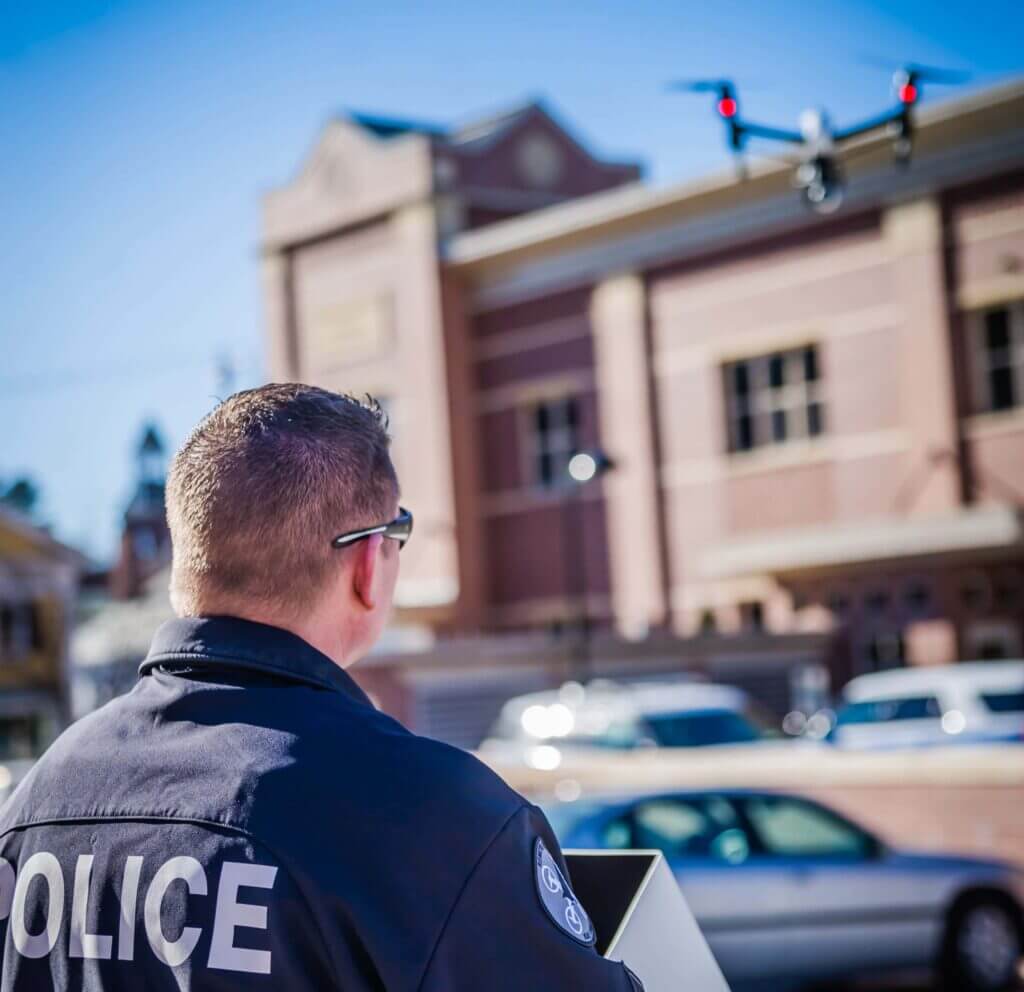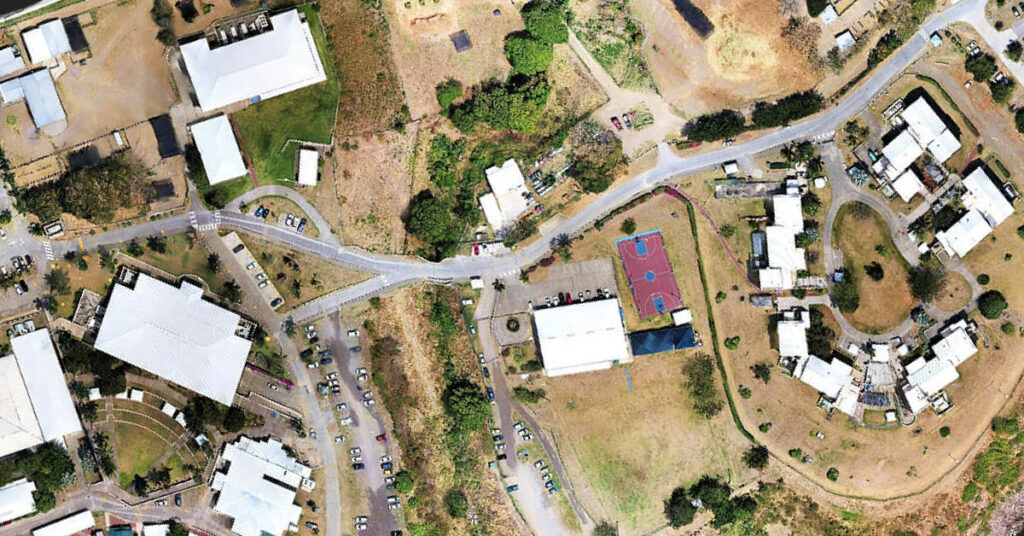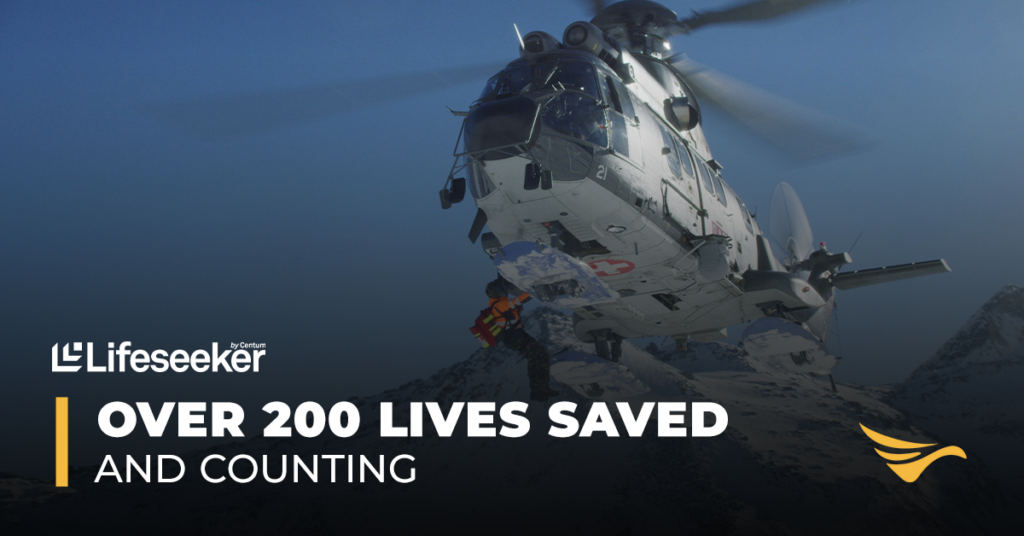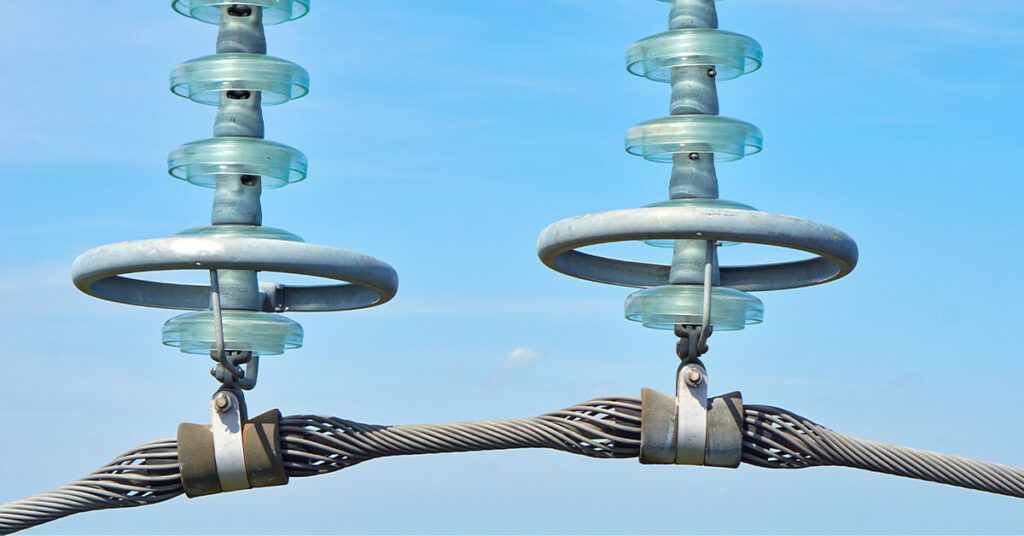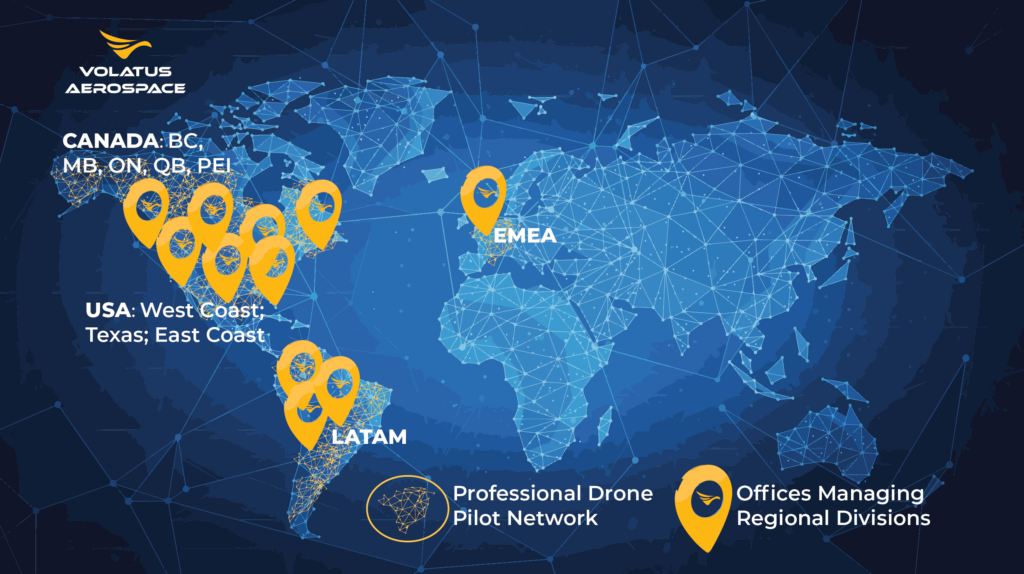The early days of commercial drone applications was a bit of a blackhole filled with unknowns. The technology had a lot to prove. For public safety in particular, new technology not only had to provide efficiencies and perform reliably on scene, but it also had to have community support. This meant that the community had to understand why it was valuable to them and was worth the time and money to develop—hard to do when there was very little data at that time to demonstrate its value.
Drone use started off small, taking pictures of post-incident crime scenes and supplying aerial photos for promotional use with the community. These early applications sparked a lot of interest; they were cheaper and faster than traditional methods and they were useful community building tools.
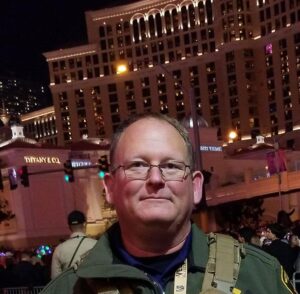
“The department determined that we needed a more efficient way of taking crime scene photos,” explained David Martel, sUAS Program Coordinator for the Las Vegas Metro Police Department (LVMPD), who has been flying drones and RC aircraft since he was 8 years old. “Back in the day, we would call out the fire department to use their ladder truck which would keep them tied up for hours, and our air unit, which would take away a resource from our patrol officers. We started using drones to take those photos so we wouldn’t take resources away from the community.”
These initial use cases got most public safety drone programs off the ground. Once agencies realized that drones could more efficiently utilize resources, they started researching how drones could be applied to other applications in public safety.
In those early days, collaboration and communication between agencies was invaluable. There was little in the way of established policies, procedures, or legal processes for things like warrants and search and seizure. Agencies looking to leverage drone technology had to build it from the ground up and lean on each other for solutions. For example, the LVMPD reached out to burgeoning public safety drone programs in places like Colorado, North Dakota, and Alameda County to learn about what was working there to build their own program.
“Back in 2015, we were all trying to get information on how to do this, there were no manuals or online resources. I was fortunate enough to be able to go to Colorado and speak with Ben Miller about his program and see how he was operating,” said Martel. “Luckily, we have programs like DRONERESPONDERS, Airborne Public Safety Association, the National Fire Protection Association, and others who are putting new agencies in contact with established programs who can help, so they no longer are faced with the challenge of starting their programs from scratch.”
Going Beyond Crime Scene Photos
Today, the Las Vegas Metro Police Department (LVMPD) is known for its drone program and applying drone technology to innovative use cases. They have gone beyond taking photos of crime scenes and are now utilizing drones for a number of critical public safety tasks like overwatch, search and rescue, and, more recently, de-escalation.
De-escalation is one of the newer applications for drones in public safety. When called to an emergency, law enforcement need to be able to assess potentially dangerous situations. This is incredibly challenging when there is a barricade or hostage situation. Until recently, the only way to communicate and get eyes and ears inside those situations was to send someone in, putting officers and citizens at risk if things went sideways. Drones equipped with cameras and two-way communication technology are helping to provide safer options, and Las Vegas drone company, BRINC, has been leading the way.
The Lemur was designed by Blake Resnick, Founder and CEO of BRINC, in cooperation with LVMPD and other agencies. The Lemur was designed to safely enter a building and provide officers with the ability to visually assess a situation, speak with those involved, and plan a proper response. It has proven to be an invaluable tool for LVMPD.
“The BRINC Lemur has been a game-changing de-escalation tool for us,” stated Martel. “Since we began using it, there’s been a higher possibility of positive outcomes. We don’t have to push to resolve an issue, we can take our time, assess the situation, and slow the momentum down, giving everyone time to think about how the situation can be resolved.”
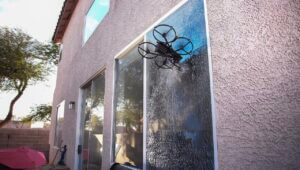
As communities learn about the positive results drones can bring to critical situations, like those brought about with the Lemur, agencies are looking toward new ways to apply drone technology.
Drone as a First Responder
The next application on the list for LVMPD and many others is using Drones as a First Responder.
As the name suggests, first responders arrive first on a scene after an emergency call has been placed. The goal with Drone as a First Responder is to put eyes at a scene so that officers can be prepared to handle the situation when they get there.
“When a call is placed, we want to be able to get real-time video to our supervisors out in the field even before officers have arrived,” explained Martel. “Getting eyes on the scene as quickly as possible enables us to put our resources where they are needed or to regroup and rethink our response. Getting the right sources, the right people, in the right spot not only benefits the outcome but also benefits the community and how resources are utilized. We are always trying to better ourselves and provide a better service for our community—with these aircraft and the supporting technology, we’re able to do that.”
To build their drone as a first responder program, LVMPD are incorporating several technologies throughout the city, including a mesh network. The network ensures there is no degradation of video or radio transmissions with their officers, which is a critical capability for any mission. They are incorporating that network with Skyfront’s hybrid aircraft, which provides them with three hours of flight time as well as Evolve Dynamic’s Sky Mantis drone.
For Martel, the technology exists to provide this service today, but there are regulatory hurdles that still need to be addressed to streamline the process.
“We still need beyond visual line of sight. And if you look at the current rules for flights over people, without Remote ID, you are still heavily restricted on what you can do. So, we are still largely reliant upon our COAs to conduct these missions,” began Martel. “This has been a challenge, we want to use better resources for our communities, and drones are more cost effective and less invasive—imagine instead of having a 10,000-pound helicopter flying over your house you have a drone. We need manufacturers to build for and test in complex airspace. For example, Las Vegas is mostly Class B airspace with some Class D. Testing needs to be done here if we are going to get further with our programs. Ultimately, the goal is to provide a service to the community the best and safest way we can, but we need help with the regulatory side.”
As regulations continue to be developed, Martel recommends that every agency develop strong relationships with their airspace managers as well as their local FAA representatives. These relationships have enabled his team to work out solutions to some of their current challenges.
“We’re working to get a blanket COA for flying at 100 feet for anytime we are outside a one-mile radius from an airport so that we don’t have to over tax our air control tower, we can just deploy and go,” said Martel. “We wouldn’t be able to do that without working hand-in-hand with our airspace managers.”
Throughout the years, the LVMPD and other agencies in the U.S. have made significant contributions to public safety by adopting innovative drone technologies that make communities safer. From those early days of capturing crime scene photos to being on scene with officers at high stakes barricade situations as a de-escalation tool, LVMPD’s sUAS program is changing the landscape of law enforcement and public safety for the better. As airspace managers and regulators learn to work with these agencies, drones as a first responder is set to be the next major leap in how we respond to incidents and how we think about public safety.
